E-Bike LCD Display Understanding Guide

Electric bicycles, commonly known as e-bikes, have revolutionized how people commute and exercise. E-bikes have become increasingly popular for convenience, eco-friendliness, and efficiency. They allow riders to travel longer distances without worrying about fatigue or traffic. E-bikes have numerous components that make them unique, but one of the most important is the LCD. This article is a comprehensive guide to help you understand the role of the LCD in your e-bike, including the odometer, pedal assist, speedometer, USB charging, and battery capacity.
What is an E-Bike LCD Display?
An E-bike LCD is a screen mounted on the handlebar of an electric bike that provides important information about the bike's performance. It shows the speed, distance traveled, battery life, assistance level, and other relevant metrics. The bike's battery powers the display and is usually backlit for easy readability in all lighting conditions.
The Role of the LCD Display
The LCD is essential to your e-bike, providing information about your bike's performance and operation. The display is typically located on the handlebars, which are easy to see and operate. The LCD provides real-time feedback on speed, distance, battery life, and assistance level parameters. Understanding the role of the LCD is crucial for optimizing your e-bike's performance and enhancing your riding experience.
Odometer
The odometer is one of the most critical functions of the LCD. It displays the total distance traveled on your e-bike since the last reset. The odometer helps you track your progress and set goals for your rides. For instance, you can challenge yourself to ride a certain number of kilometers every day or every week. The odometer also helps you keep track of your e-bike maintenance schedule. You should replace the tires, brakes, and other parts of your e-bike at specific intervals, and the odometer can help you track when these maintenance tasks are due.
Time
Keeping track of time is crucial for riders who use e-bikes for daily commuting or leisurely rides. E-bike LCDs usually include a clock that displays the current time, making it easy for riders to manage their schedules and plan their routes accordingly. Additionally, the display may show the ride duration, which helps riders keep track of their riding time and pace themselves accordingly.
Moreover, the time feature on the e-bike LCD is helpful for riders who prefer to ride during specific times of the day or need to be at their destination at a particular time. With the clock display, riders can ensure they arrive on time, whether it's for work, school, or a social event.
Error Messages
E-bike LCDs often include error messages that alert riders when something is wrong with the bike's performance. These messages can range from simple notifications, such as low battery warnings, to more complex issues that require immediate attention. The error message feature on the e-bike LCD benefits riders, enabling them to diagnose and fix issues with their bikes quickly. For instance, an error message that indicates a fault in the motor system could alert the rider to a problem with the bike's motor, which a professional technician can fix.
Pedal Assist
Pedal assist is another crucial function of the LCD. Pedal assist helps you conserve your e-bike's battery life by reducing the power needed to propel your e-bike. The pedal assist function varies depending on the e-bike model. However, most e-bikes have three to five levels of assistance. Level one provides the least assistance, while level five provides the most. You can adjust the pedal assist level based on your riding conditions and preferences. For instance, you may use a higher level of assistance when riding uphill or tired.
Speedometer
The speedometer function of the LCD shows the current speed at which you're riding your e-bike. Maintaining a safe and legal speed while riding on the road is crucial. The speedometer also helps you monitor your speed when riding off-road or in areas with speed limits. The speedometer is typically displayed in kilometers per hour (km/h) or miles per hour (mph). You can set the unit of measurement based on your preference.
USB Charging
Many e-bikes come with a USB charging port, which allows you to charge your phone or other devices while riding. The USB charging port is usually on the e-bike or LCD battery. You can use the USB port to charge your phone, GPS device, or any other USB-powered device. The USB charging port is convenient, especially when you're on a long ride and your phone battery is running low. However, it's essential to note that charging your phone or other devices is. At the same time, riding can drain your e-bike's battery faster.
Battery Capacity
The battery capacity function of the LCD shows the amount of power remaining in your e-bike's battery. Monitoring your e-bike's battery capacity is crucial to ensure you don't run out of power during your ride. Running out of battery power can leave you stranded, especially if you're far from home. The battery capacity function also helps you determine how far you can go on a single charge and plan your route accordingly.
With this information readily available on the e-bike LCD, you can easily adjust your ride, such as adjusting your speed or choosing a different route, to conserve battery power and maximize your ride time. Keeping a close eye on your e-bike's battery capacity is key to enjoying a worry-free and exhilarating ride every time.
How to Use the E-Bike LCD Display
Using the E-bike LCD is relatively simple. Below we will discuss how to use the e-bike LCD in a step-by-step guide.
Step 1: Turn on the Bike
The first step to using an e-bike LCD is to turn on the bike. Depending on the model of the bike, there may be two ways to turn it on: by pressing the power button on the battery or by pressing the power button on the LCD. If the power button is on the battery, locate the battery on the bike frame and press the power button to turn it on. If the power button is on the LCD, press and hold the power button until the display turns on.
Step 2: Adjust the Assistance Level
Once the bike is turned on, you can adjust the assistance level using the buttons on the LCD. Most e-bikes have several assistance levels, ranging from low to high. The assistance level determines how much electric power is used to help you pedal the bike. The higher the assistance level, the easier it is to pedal, and the more electric power is used. To adjust the assistance level, locate the buttons on the LCD.
Depending on the model of the bike, there may be up and down buttons or a plus and minus button. Press the up or plus button to increase the assistance level and the down or minus button to decrease it. It is important to note that the assistance level can affect the battery life of the e-bike. The higher the assistance level, the more electric power is used, which can drain the battery faster. Therefore, it is essential to adjust the assistance level according to your needs and the length of your ride.
Step 3: Start Pedaling
After adjusting the assistance level, it's time to start pedaling. The e-bike's electric motor is activated when you pedal, providing additional power to help you ride the bike more efficiently. As you pedal, the LCD will show your speed, distance traveled, battery life, and other essential metrics.
Step 4: Monitor the Display
While riding the e-bike, it is essential to monitor the LCD to ensure that you maintain a safe speed and that the battery life is sufficient for your ride. The LCD provides valuable information to help you make informed decisions about your ride.
- The speedometer on the LCD shows how fast you are riding the e-bike. It is important to ride at a safe speed and obey traffic laws to ensure your safety and the safety of others.
- The battery indicator on the LCD shows the current battery life of the e-bike. Monitoring the battery life is essential to ensure you have enough power to complete your ride. Charging the e-bike battery after every use is recommended to ensure it is fully charged for the next ride.
- The distance traveled indicator on the LCD shows how far you have ridden the e-bike. This information can help plan your route and estimate the length of your ride.
Step 5: Turn off the Bike
After completing your ride, it's time to turn off the e-bike. To turn off the e-bike, you need to follow some simple steps. If the power button is on the LCD, press and hold the power button for a few seconds until the display turns off. If the power button is on the battery, locate the button on the battery, and press it to turn off the e-bike. These simple steps will ensure you get the most out of your e-bike LCD and improve your riding experience.
Conclusion
In short, the e-bike LCD is an essential component that provides real-time feedback on various parameters. They contribute to optimizing e-bike performance and enhancing the riding experience. Riders can conserve battery power and plan their routes accordingly, ensuring a worry-free and exhilarating ride every time. So get out there and enjoy the benefits of your electric bike with a comprehensive understanding of its LCD!

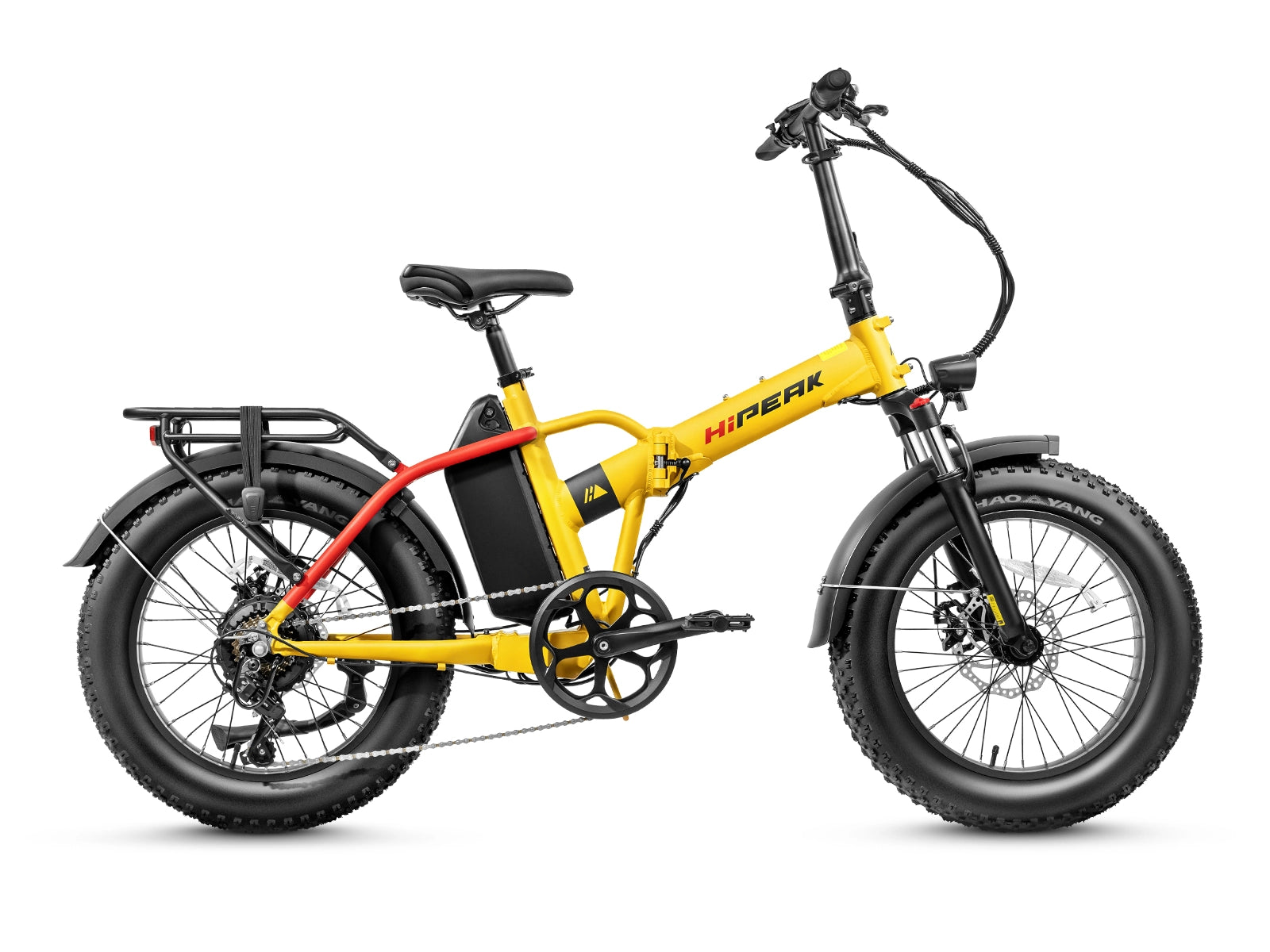
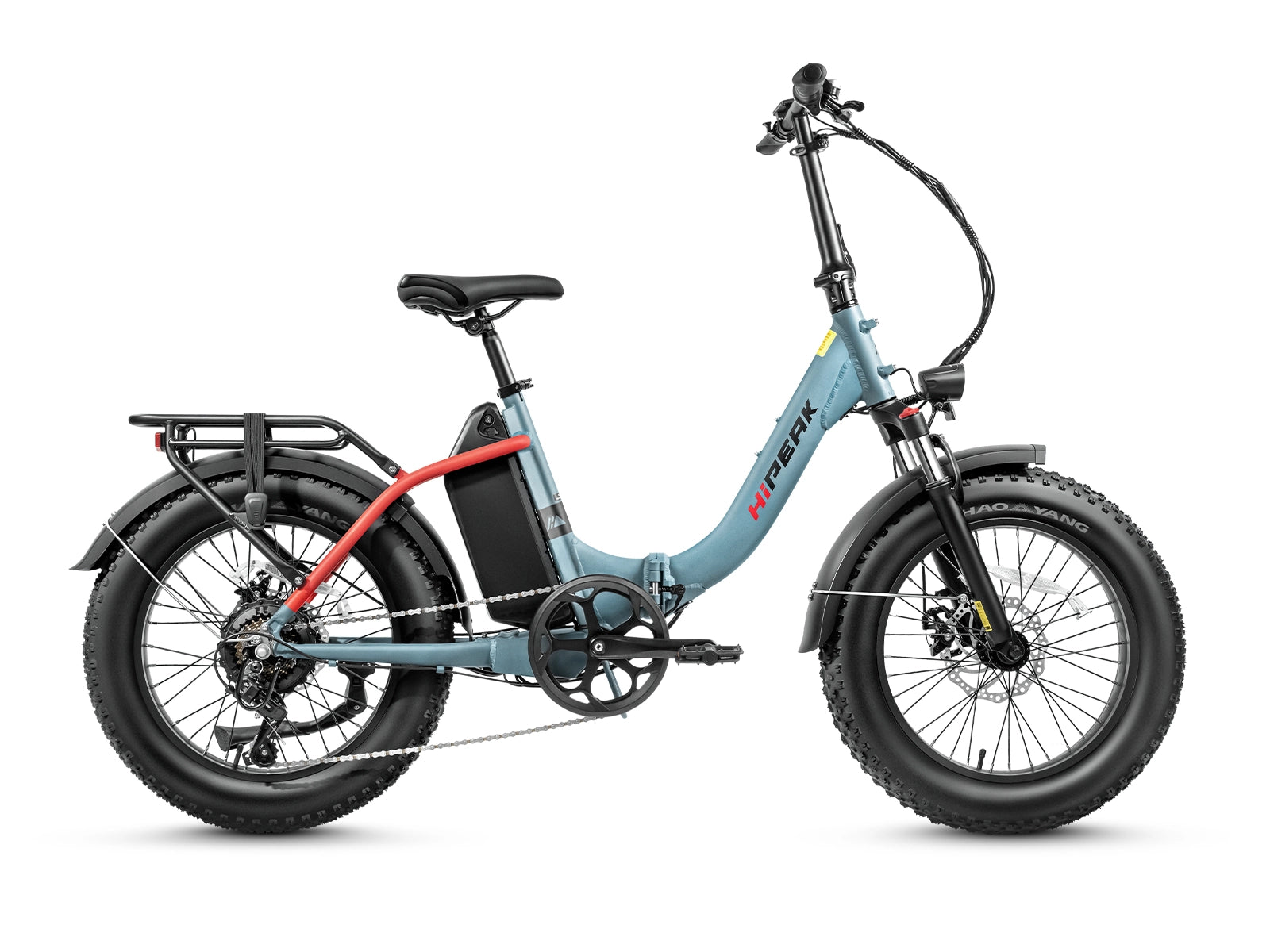
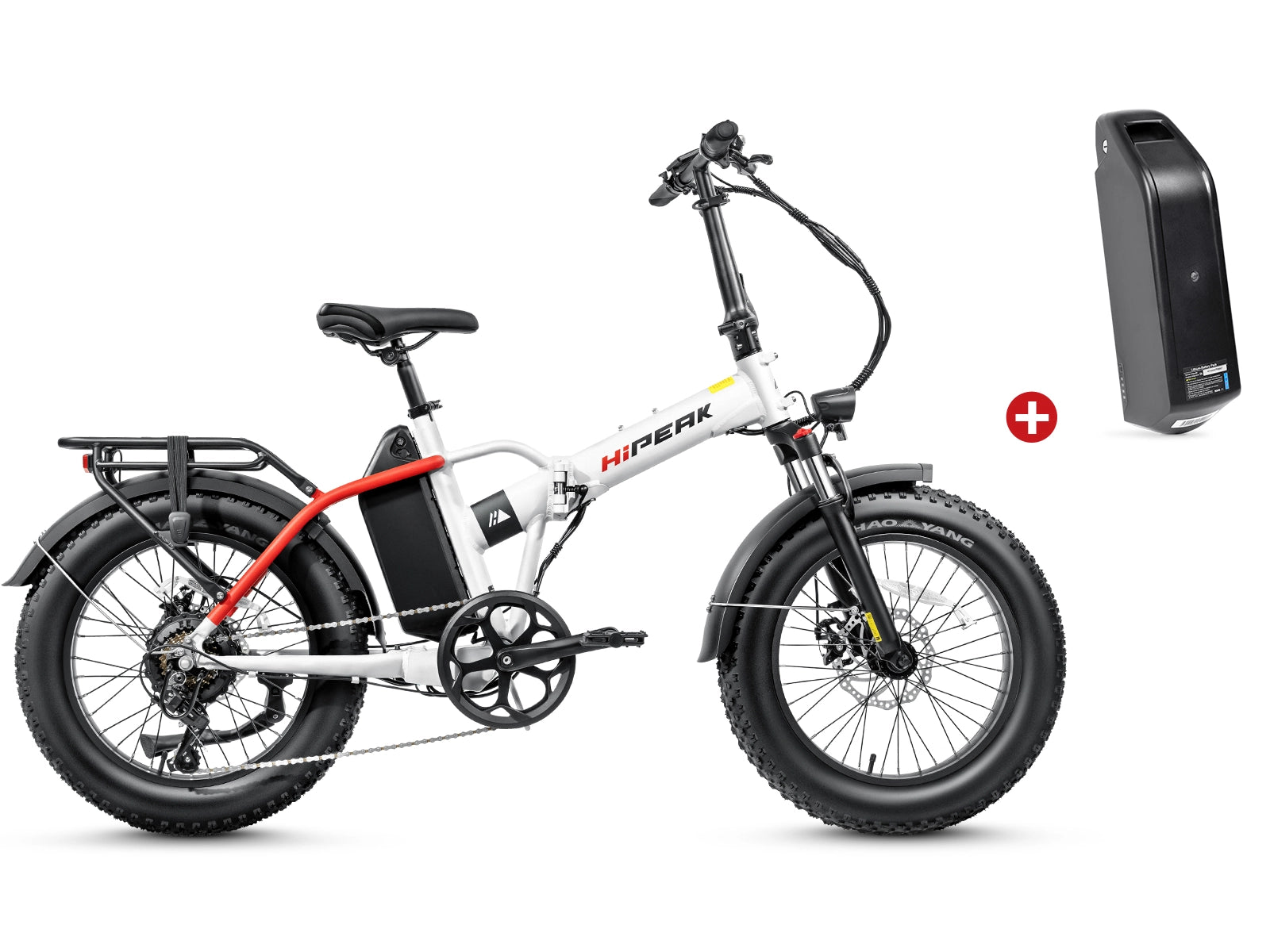
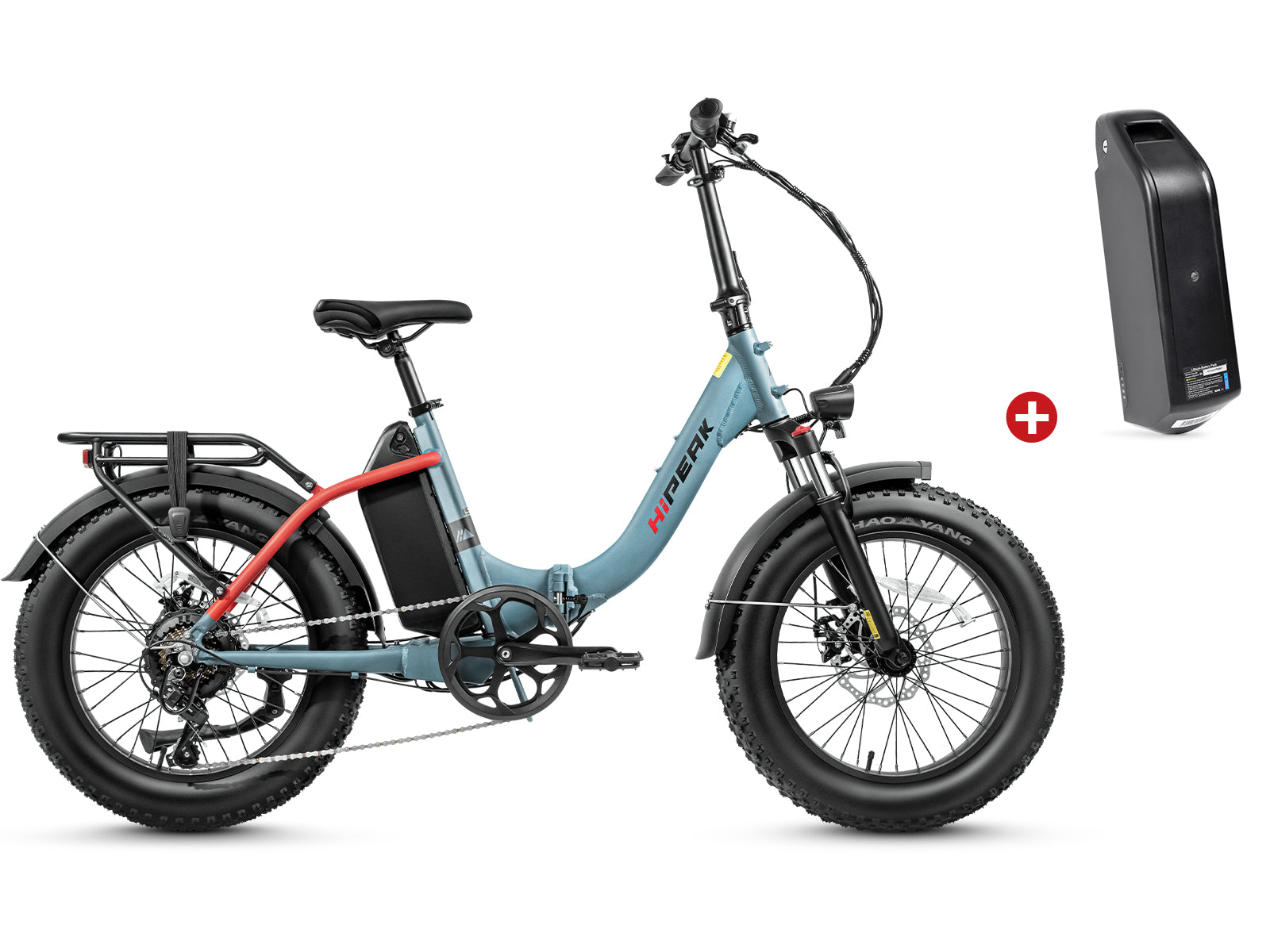
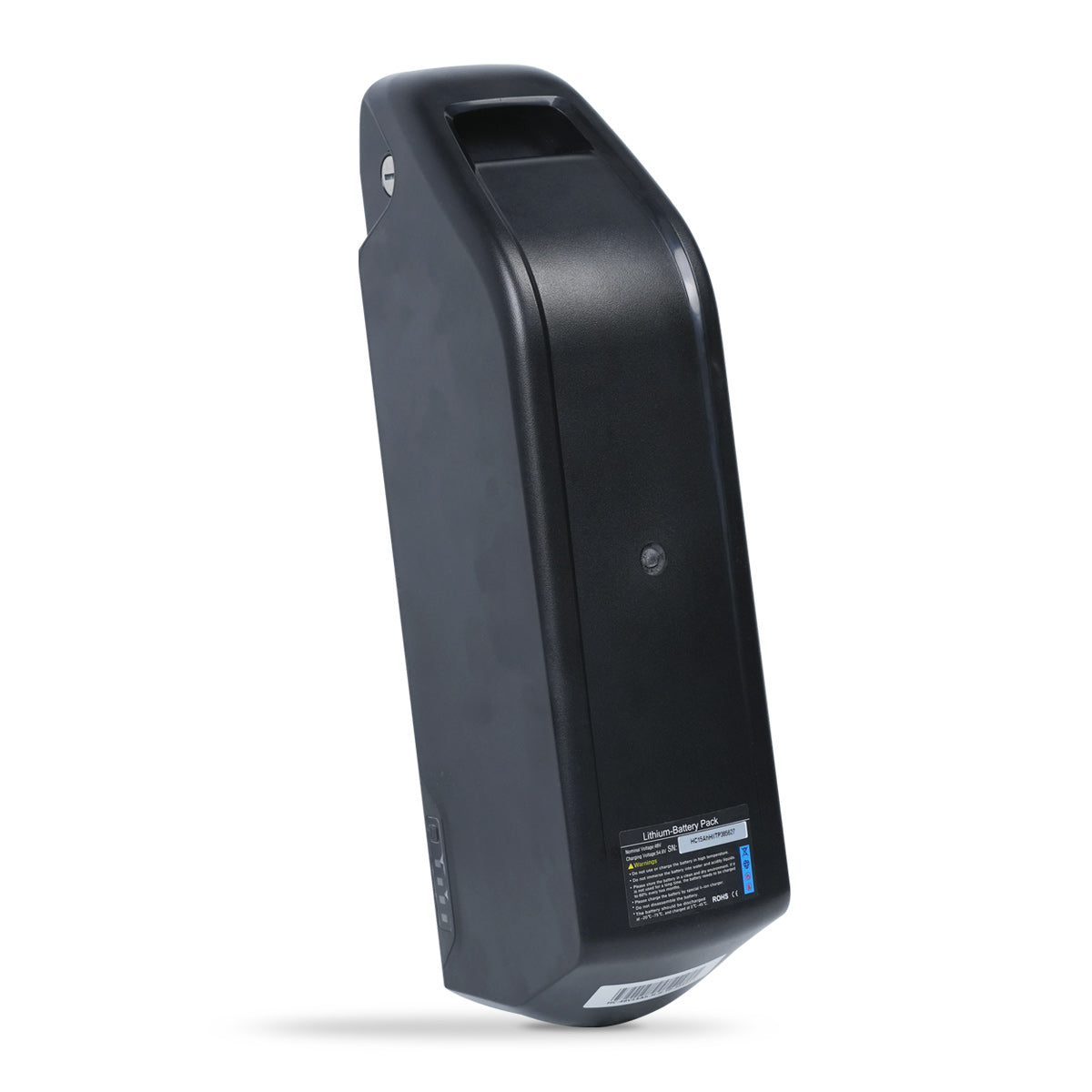
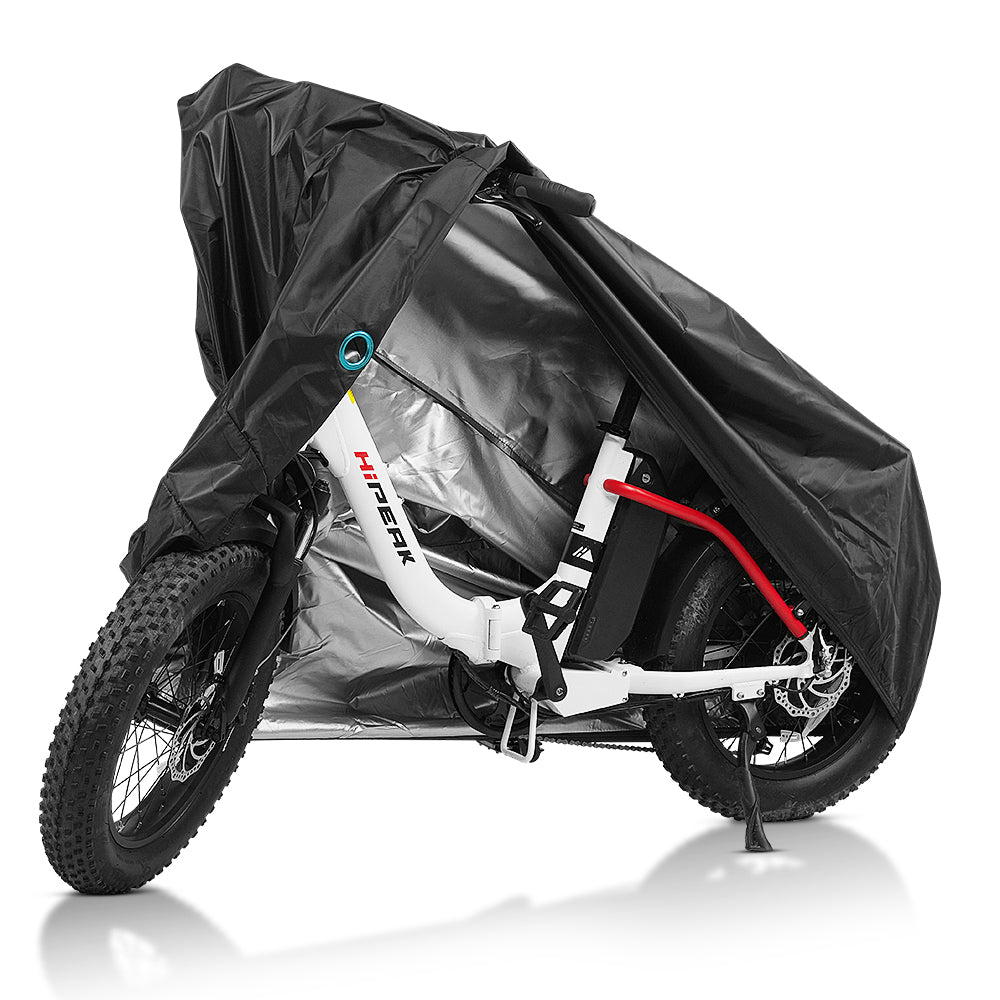
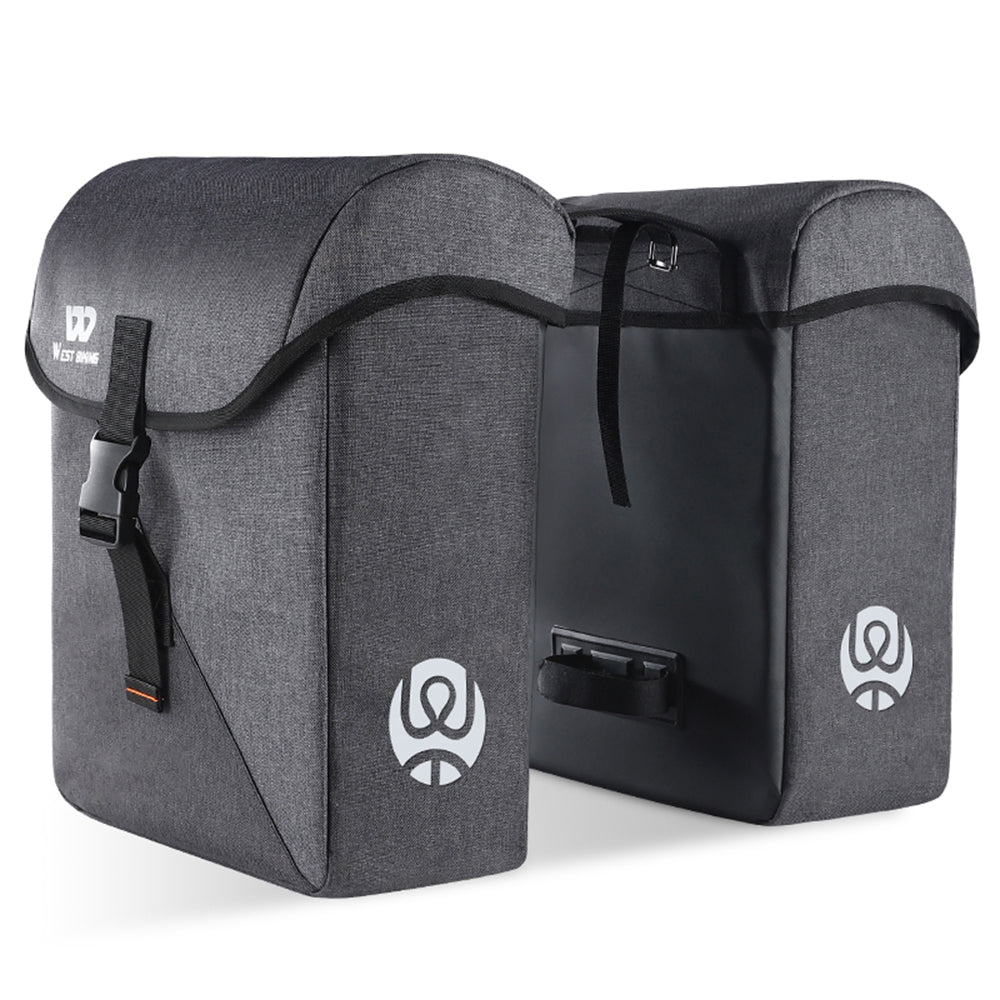
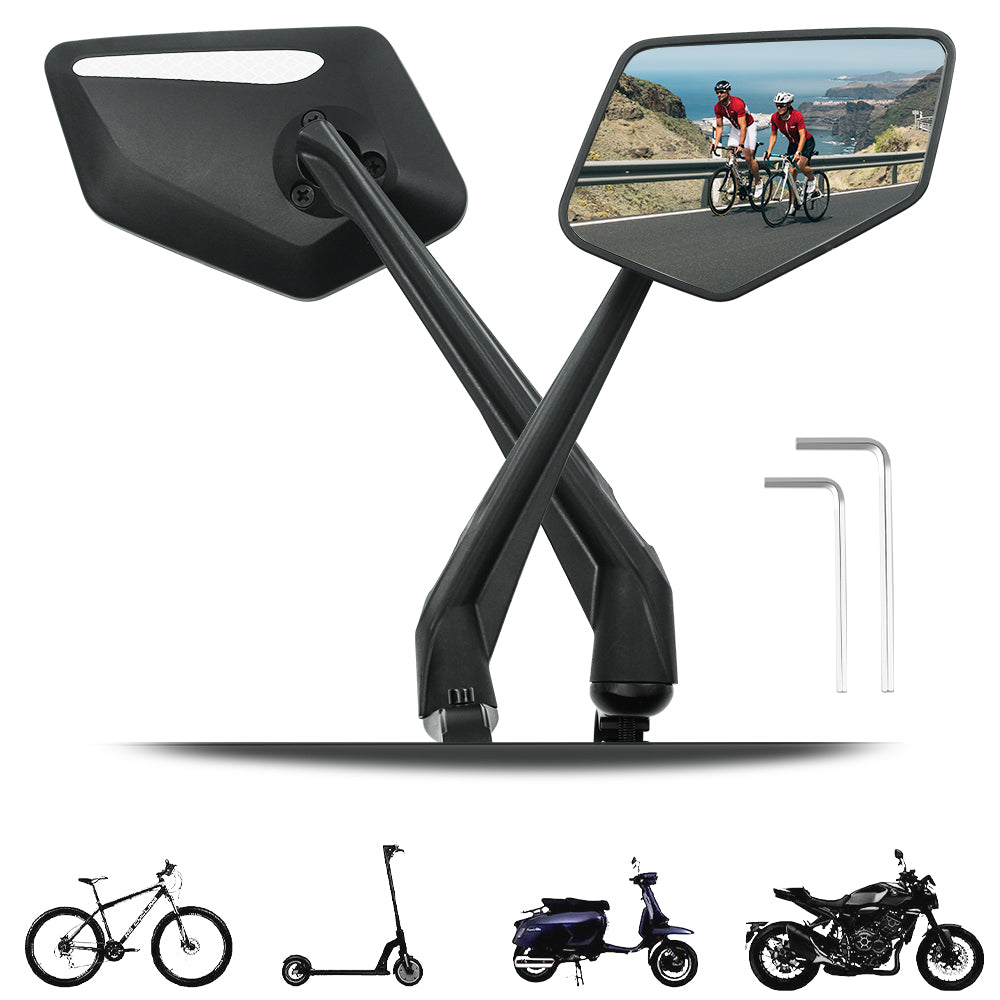
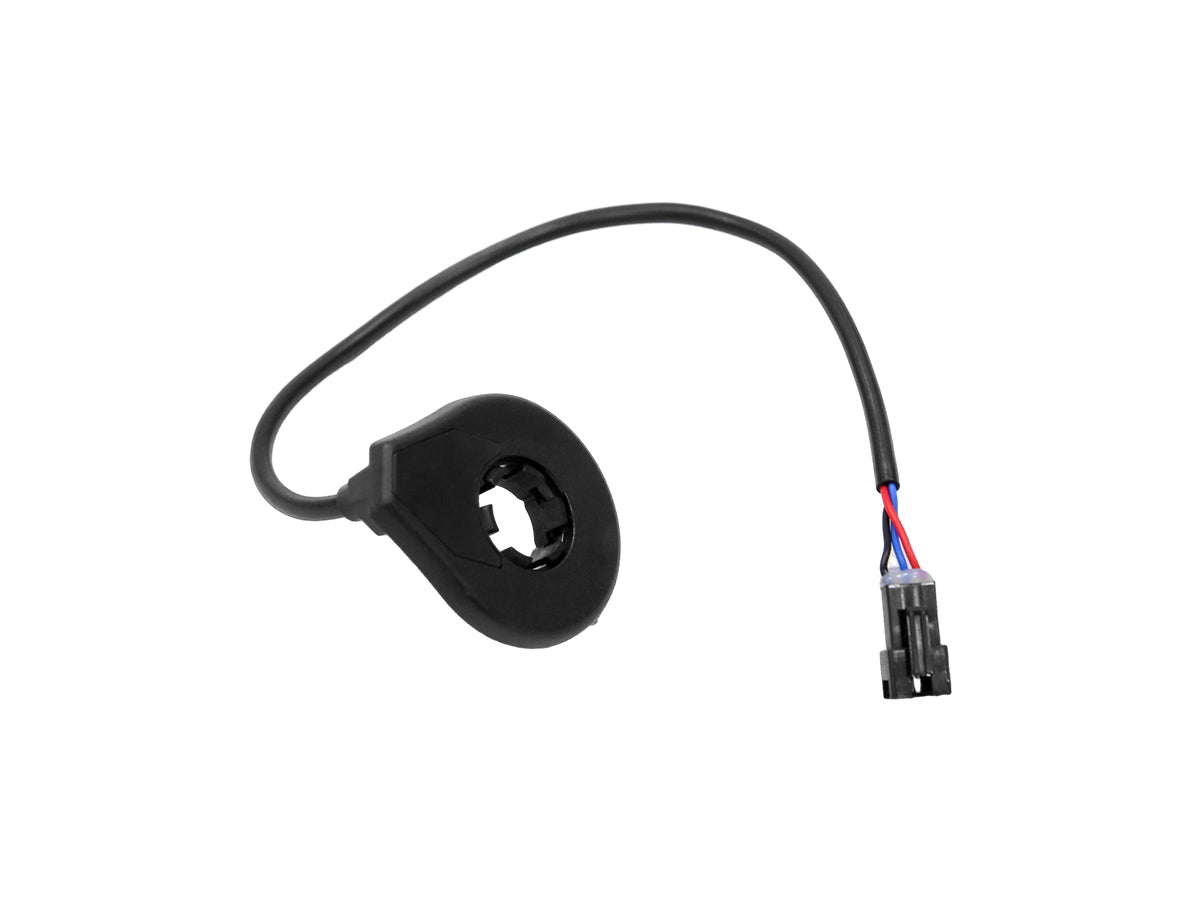
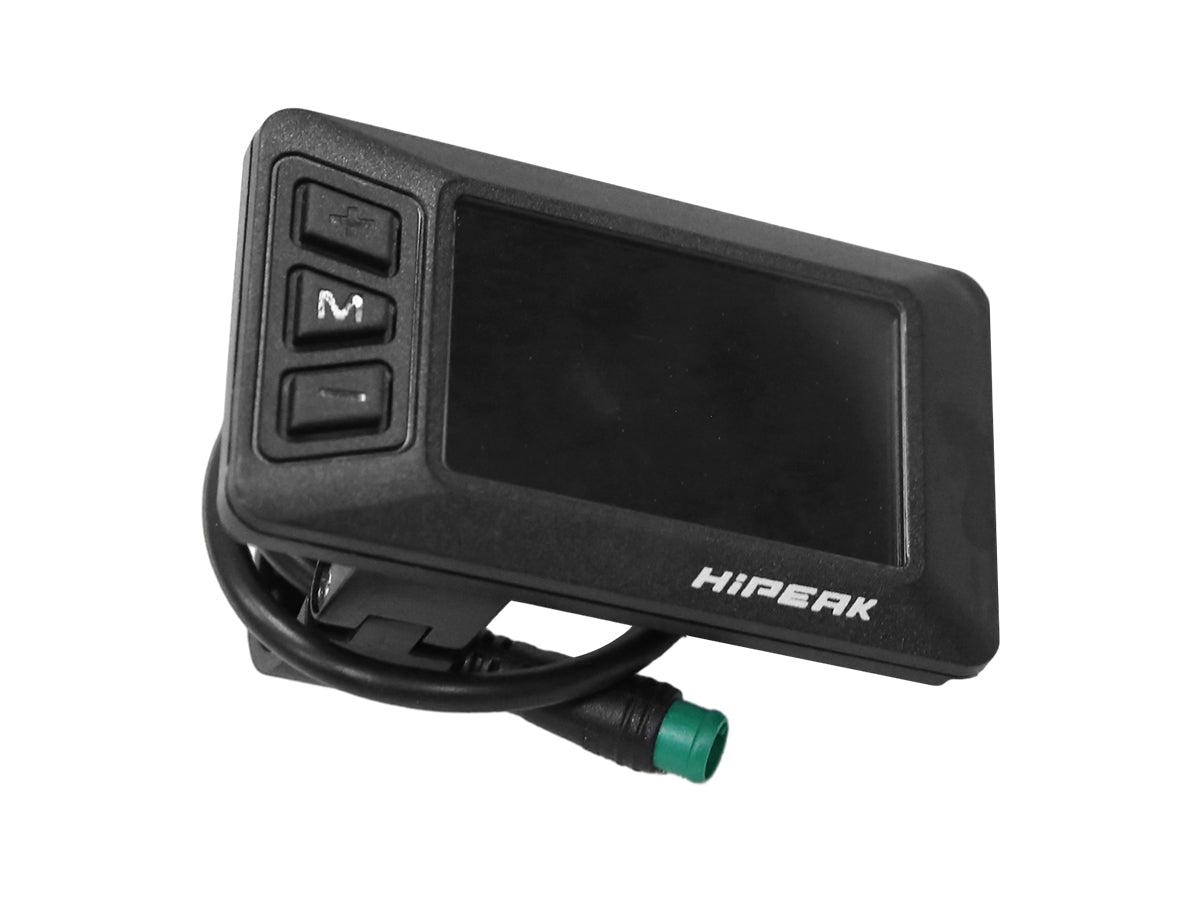
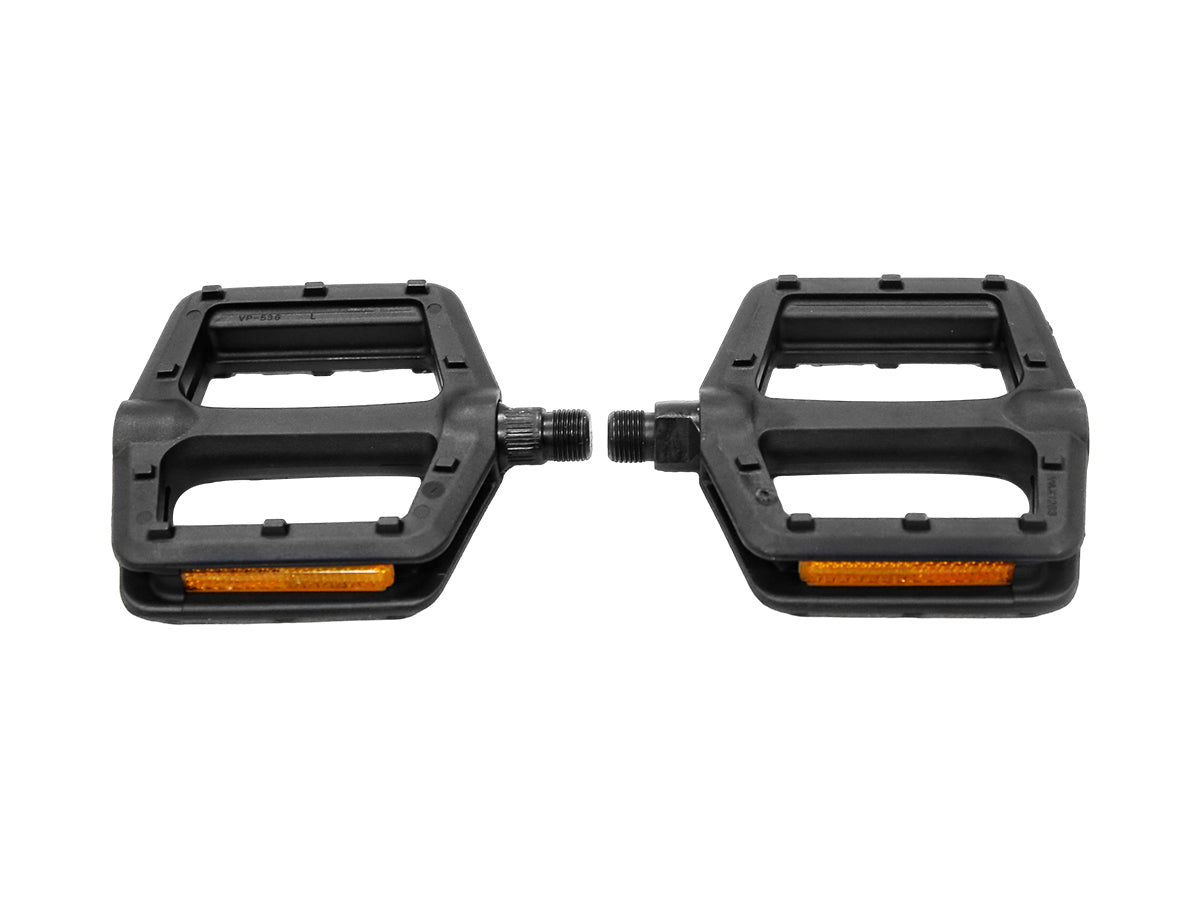
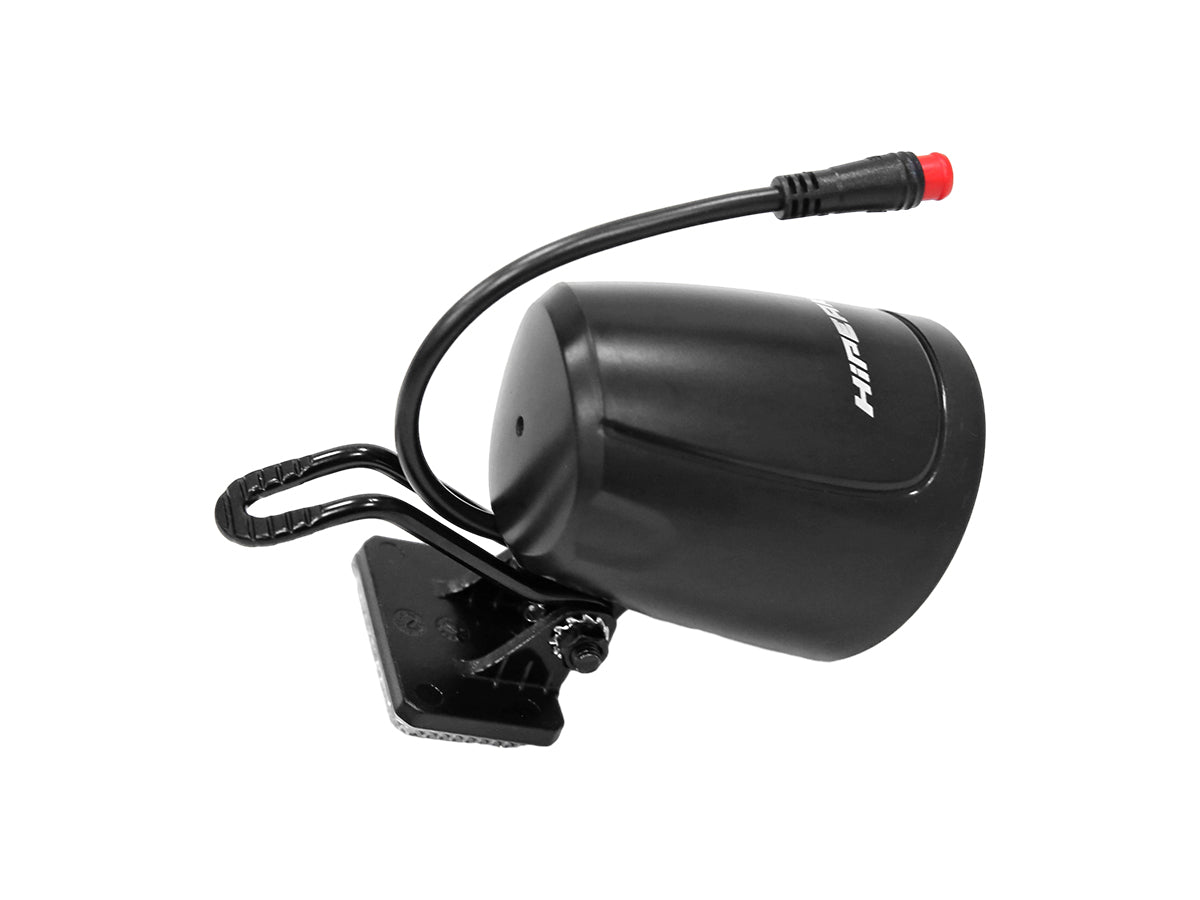








Leave a comment